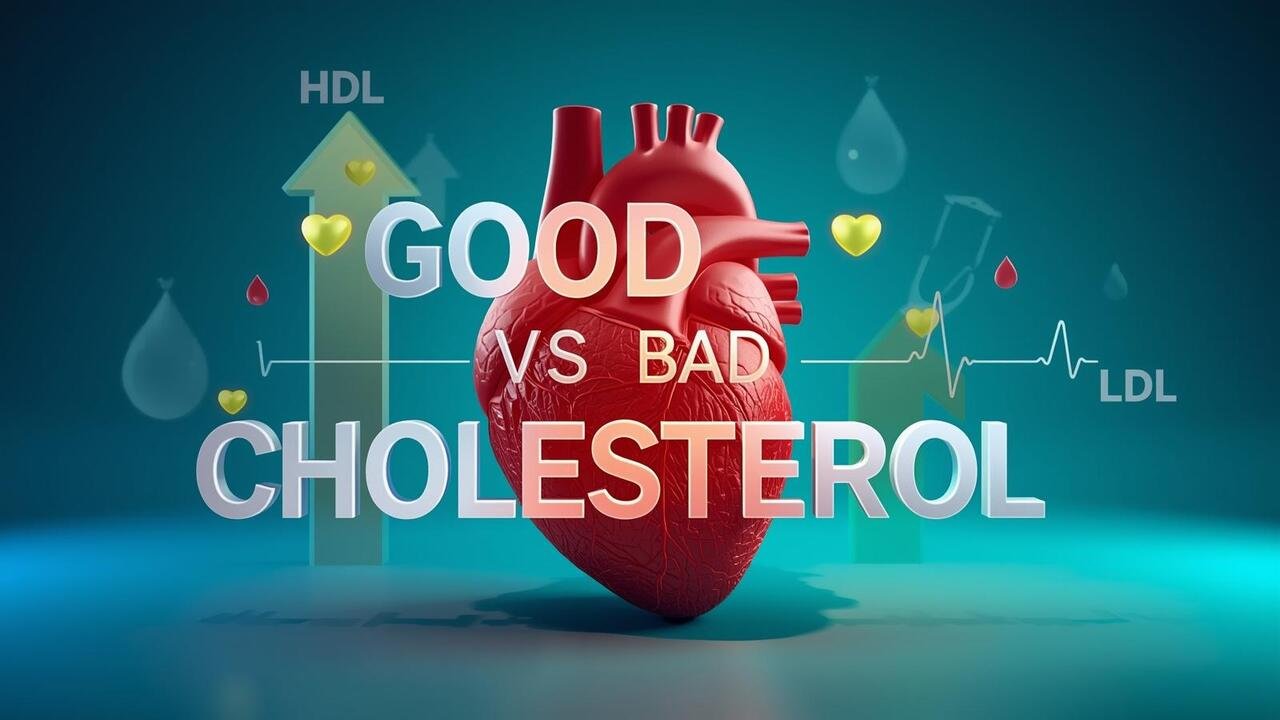Blog
Good vs Bad Cholesterol/ How to Keep Your Heart Healthy

Introduction: Understanding Cholesterol
Cholesterol is a type of fat that your body needs for building cells and producing hormones. However, not all cholesterol is the same. Some types are good for your heart, while others can be harmful. Therefore, understanding HDL (good cholesterol) and LDL (bad cholesterol) is essential for maintaining a healthy heart.
What is Good Cholesterol (HDL)?
HDL stands for High-Density Lipoprotein. It is called “good” cholesterol because it removes excess cholesterol from your arteries and carries it to your liver for disposal. As a result, it reduces the risk of plaque buildup, heart attacks, and strokes. Experts recommend HDL levels of 40 mg/dL or higher for men and 50 mg/dL or higher for women.
What is Bad Cholesterol (LDL)?
LDL stands for Low-Density Lipoprotein. High LDL levels can lead to cholesterol deposits in your arteries, forming plaques. Consequently, these plaques narrow your arteries and restrict blood flow, increasing the risk of heart disease and stroke. Ideally, your LDL should be less than 100 mg/dL.
The Role of Triglycerides
Apart from HDL and LDL, triglycerides are another type of fat in your blood. High triglyceride levels can further increase heart disease risk. Therefore, keeping triglycerides under 150 mg/dL is recommended.
Tips to Improve Your Cholesterol Levels
- Eat Healthy Fats: Include olive oil, nuts, avocado, and fatty fish. Avoid trans fats found in fried and processed foods.
- Exercise Regularly: Moderate exercise like walking, cycling, or swimming for 30 minutes daily can raise HDL and lower LDL.
- Quit Smoking: Smoking reduces HDL levels and damages arteries.
- Maintain a Healthy Weight: Being overweight can increase LDL and lower HDL.
- Limit Sugar and Refined Carbs: High sugar intake can raise triglycerides and worsen cholesterol balance.
Conclusion: Balance is Key
In conclusion, keeping HDL high and LDL low is essential for a healthy heart. By eating right, exercising, and avoiding tobacco, you can significantly reduce your heart risk. Regular blood tests will help track your cholesterol levels. Ultimately, understanding your cholesterol is the first step toward a healthy heart.
